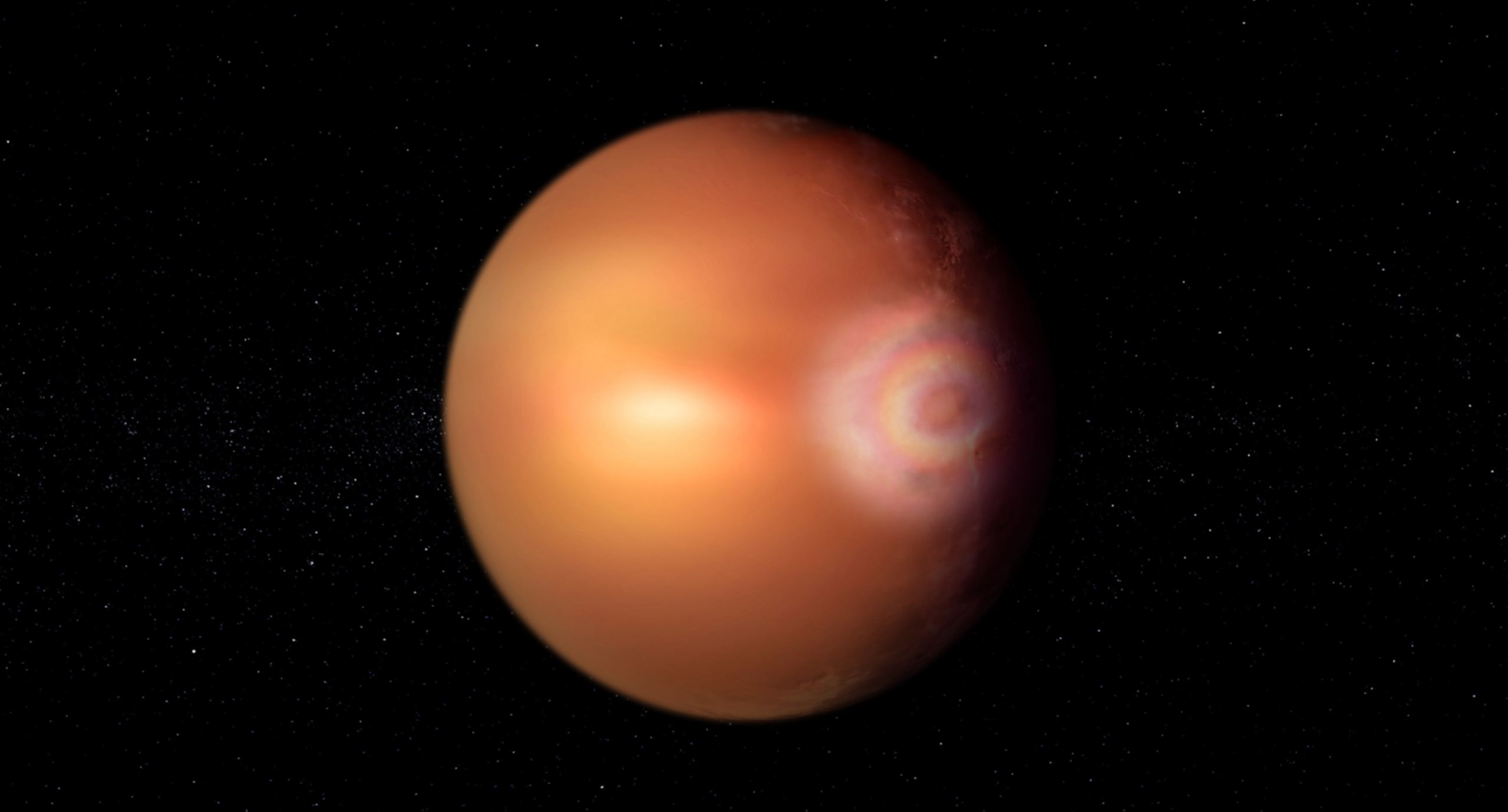When light strikes the atmosphere all sorts of interesting things can happen. Water vapor can split sunlight into a rainbow arc of colors, corpuscular rays can stream through gaps in clouds like the light from heaven, and halos and sundogs can appear due to sunlight reflecting off ice crystals. And then there is the glory effect, which can create a colorful almost saint-like halo around objects.
Like rainbows, glories are seen when facing away from the light source. They are often confused with circular rainbows because of their similarity, but glories are a unique effect. Rainbows are caused by the refraction of light through water droplets, while glories are caused by the wave interference of light. Because of this, a glory is most apparent when the water droplets of a cloud or fog are small and uniform in size. The appearance of a glory gives us information about the atmosphere. We have assumed that some distant exoplanets would experience glories similar to Earth, but now astronomers have found the first evidence of them.

The observations come from the Characterising ExOplanet Satellite (Cheops) as well as observations from other observatories of an exoplanet known as WASP-76b. It’s not the kind of exoplanet where you’d expect a glory to appear. WASP-76b is not a temperate Earth-like world with a humid atmosphere, but a hellish hot Jupiter with a surface temperature of about 2,500 Kelvin. Because of this, the team wasn’t looking for extraterrestrial glories but rather studying the odd asymmetry of the planet’s atmosphere.
WASP-76b orbits its star at a tenth of the distance of Mercury from the Sun. At such a close distance the world is likely tidally locked, with one side forever boiling under its sun’s heat and the other side always in shadow. No such planet exists in our solar system, so astronomers are eager to study how this would affect the atmosphere of such a world. Previous studies have shown that the atmosphere is not symmetrical. The star-facing side is puffed up by the immense heat, while the atmosphere of the dark side is more dense.
For three years the team observed WASP-76b as it passed in front of and behind its star, capturing data on the intersection between the light and dark side. They found that on the planet’s eastern terminator (the boundary between light and dark sides) there was a surprising increase in light. This extra glow could be caused by a glory effect. It will take more observations to confirm this effect but if verified it will be the first glory observed beyond our solar system. Currently, glories have only been observed on Earth and Venus.
The presence of a glory on WASP-76b would mean that spherical droplets must have been present in the atmosphere for at least three years. This means either they are stable within the atmosphere, or they are constantly replenished. One possibility is that the glory is caused by iron droplets that rain from the sky on the cooler side of the planet. Even if this particular effect is not confirmed, the ability of modern telescopes to capture this data suggests that we will soon be able to study many subtle effects of exoplanet atmospheres.
Reference: Demangeon, O. D. S., et al. “Asymmetry in the atmosphere of the ultra-hot Jupiter WASP-76 b.” Astronomy & Astrophysics 684 (2024): A27.

